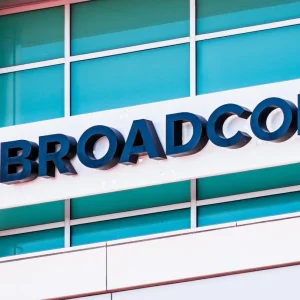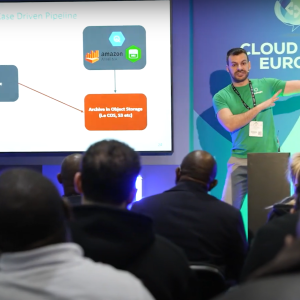Power landing stations in the UK and Canada have welcomed the first transatlantic cable system deployed in over 12 years.
Hibernia Networks, developer of the Hibernia Express cable, has partnered with Emerson who has designed and built two modular, prefabricated cable landing stations.
The Hibernia Express is a 4,600 Km low latency fibre optic submarine cable that came ashore in August on the coast of Halifax, Canada and Cork, Ireland. The cable also spans to Slough in the UK.
With 100Gbps transmission speeds, the €273 million cable allows data to travel across the Atlantic Ocean within 60 milliseconds.
The two landing stations took seven months to complete, and are part of Emerson’s Liebert family of modular products. The Liebert DSE and Liebert PDX are thermal management units that do not introduce salty, corrosive oceanfront air into the IT environment.
The landing stations in Canada and the United Kingdom are comprised of several prefabricated modules assembled onsite. Each site is approximately 1,700 sqf.
In addition to the Liebert units, Emerson has also deployed its NetSure DC Power systems for remote monitoring and control, ASCO automatic transfer switches and switchgear, inverters, VRLA batteries and other support infrastructure.
Microsoft has also been involved in the project as an investor. Customers that will be using the cable include financial firms, web-centric companies, media players and traditional telecom service providers.
Bjarni Thorvardarson, CEO of Hibernia Networks, said: "The new low latency cable provides the international connectivity it needs to support the big data and cloud applications that are driving the transformation of telecommunications globally, enabling businesses to operate more efficiently and competitively."
The Hibernia Express is not the only transatlantic cable currently under construction. Digital Realty has partnered with AquaComms to also deploy a transatlantic fibre optic system, the America Europe Connect (AEConnect).
The AEConnect will be 5,400 kilometres long and connect Long Island to the west coast of Ireland, with stubbed branching units for future landings.
The subsea cable features 130 gigabits per second by 100 gigabits per second, per fibre pair, which will provide low-latency connectivity from New York to London and to greater Europe.






